Support Napa Valley Features – Become a Paid Subscriber Today
If you’re reading this, you care about independent, locally owned, ad-free journalism — reporting that puts our region’s stories first, not corporate interests or clickbait.
As local newsrooms are increasingly bought by billionaires, scaled back or absorbed into media conglomerates, communities lose original reporting and are left with more syndicated content. Your support keeps quality regional journalism alive.
Join a community that values in-depth, independent reporting. Become a paid subscriber today — and if you already are, thank you. Help us grow by liking, commenting and sharing our work.
Dan Berger’s Wine Chronicles: Decanting Myths and Wine Truths
By Dan Berger
NAPA VALLEY, Calif. —Twenty-odd years ago I was having dinner with Eileen Crane, who then was the winemaker for the esteemed sparkling wine estate Domaine Carneros, which made and continues to make some of the nation’s finest bubblies. Eileen is an utterly charming lady with impeccable manners and tastes.
She had opened a bottle of one of her newly released special sparkling wines. It was, as expected, perfect – a stunning beginning to a terrific meal. The conversation had nothing to do with wine, so I was unprepared for Eileen’s suggestion that the best way to deal with a bottle of sparkling wine was to decant it. I was a little taken aback. One of a sparkling wine’s charms is the bubbles. Decanting it runs the risk of destroying some of why we drink it, which I mentioned to Eileen.
The most important suggestion I can give about almost any wine is to give it some air before serving.
Through a wry smile she noted that her suggestion was really more theoretical than practical. But she pointed out that almost all young white wines could benefit from a bit of air. She said most winemakers know exactly what she was talking about. Many white wines do have a faint “matchstick” component (though it’s rare these days), and any “off” aromas usually disappear with aeration. Decanting hastens the process.
Today we investigate how to deal with wine, which is one of the most difficult products to fully comprehend. It is, after all, a product that is composed of a wide variety of elements, some of which should be there and some of which should not. And not every winemaker has the ability to control everything that takes place before the cap seals the bottle or the cork is inserted.
The most important suggestion I can give about almost any wine is to give it some air before serving. This is almost never done routinely (including with sparkling). But there are certainly a lot of reasons to do it – and several reasons not to.
Almost nobody decants young white wines these days, but I see it as a valuable tactic. Extremely young wines (today all 2024s and even some 2023s qualify) might still contain some aromas that the wines had while they were still in the production stage and might not benefit consumers. Some of these are unusual aromas that will dissipate (winemakers say they will “blow off”) with aeration.
In most cases the matchstick smell is so trivial that untrained wine lovers might not detect it, but it may make the wine a bit awkward. Devices have been created to pour the wine through to help the aeration process. Though most of them work to some degree, simply pouring the wine back and forth between two glasses usually works better. But there are wines that cannot be helped by mere aeration.
Challenge your vocabulary with this week’s mystery word. Submit your answer in the poll, and check the bottom of the page for the correct answer.
Aeration usually works for young rosés and red wines. The fruit aromas in such wines tend to be a little stunted (winemakers use the terms “reduced” or “backward”), and a little bit of air helps to expose more fruit aromatics along with whatever levels of complexity are also in the wine but can’t be seen until it “opens up.”
One particular negative aromatic, which smells a little like a hard-boiled egg, can be caused by inexact winemaking and might be cured by dropping a penny into your wine glass. A penny contains enough copper to cure that aromatic flaw. I carry a copper device just for such an eventuality.
There are some drawbacks to decanting. I am not a huge fan of decanting all old red wines because there is no guarantee that such a wine has retained enough fruit to survive the process. Some red wines that are either well past their peak of enjoyment or were not stored perfectly are so fragile that they actually might be harmed by decanting.
In such cases, decanting the wine might expose it to more air than it can sustain. About 2006 my wife and I visited an old restaurant in Madrid (the name was Sporting) that had a 1971 Baron de Lay Rioja Riserva. The wine was superb for about 15 minutes then began to turn from red to tawny to brown in 10 more minutes. It was drinkable for less than 30 minutes before the air killed it. So decanting some fragile red wines can destroy much or all of its enjoyment.
Many people desire to decant old red wines to drain clean wine off the sediment that forms, especially in wines that are bottled without filtration. Sediment in an old red wine is harmless but it is unattractive and can be bitter.
Start the process by standing the bottle up for several hours to allow the sediment to sink to the bottom. The sediment can be avoided by decanting the wine through a fine filter. Handle the bottle carefully so as not to allow the sediment to migrate back up into the wine.
Decanting of old vintage Ports is a noble tradition, especially in England. One sound reason is simply that the best of this breed of wine usually are 50 years old or older and contain not only sediment but a remarkably thick sludge. I have a few bottles of Portuguese Port from the great 1963 vintage. They probably are now appropriate to drink and must be decanted to enjoy.
Because older Portuguese vintage Port is typically consumed only after 40 or more years, the corks usually are so deteriorated that they cannot be removed without huge problems.
The British adore vintage Ports and love to carry out a ritualistic process to open bottles by avoiding corks altogether. The idea is to snap the glass neck of the bottle. This drama calls for the use of a specialized tool called Port tongs. This is a large pliers-shaped implement. Historically, the active end was placed in fireplace coals until red hot.
The tongs user removes the tongs from the fire and clamps its red-hot semicircular ends around the bottle neck firmly. After a few seconds, he or she removes a Turkish towel that has been submerged in ice water and places the coldest part of the towel on the tongs where it’s attached to the bottle. Some people use a good-sized ice cube.
The radical difference in temperature between the red-hot tongs and the iced towel or ice cube causes the bottle to snap cleanly. The bottle top can then be removed and the port is then ready to be decanted. (It’s always a good idea to do this either out of doors or on a patio. Someone should be the designated tongs assistant whose job is to put the red-hot tongs in a bucket of water or sand.)
Incidentally, a very old tradition says that to follow historical precision, the Port tongs ritual does not call for a towel but for the use of a pheasant’s feather dipped in ice water. I do not know if this works; I’ve never seen one employed.
Those proficient in this art of “tonging” old Port usually decant the Port through a cheesecloth to capture any glass that may have fallen into the bottle.
Tradition calls for a good-sized decanter as well as a candle. The candle is lighted and placed on a table adjacent to the decanter. The person doing the decanting begins to pour the Port into the decanter by looking through the bottle’s neck at the candlelight behind it. When the light shows sediment appearing in the bottle neck, the pourer stops pouring, leaving the sediment and sludge behind. Today a flashlight usually replaces the candle – though a candle is more romantic.
Removing the cork from very old wines can be problematic. One cork-puller that works best for some older wines is called the Ah-So, a two-pronged implement in which the longer prong is slipped between the glass and cork and the shorter prong is inserted on the other side of the cork. Then simply turn while pulling the cork out.
For extremely old, deteriorated corks, a tool called the Durand works best. It is a combination of the Ah-So and a traditional helix corkscrew. When used properly, this is a nearly foolproof way of getting extremely old corks out of wine bottles. I have used this gadget for years, and only once has it failed because the cork was beyond salvation. Almost every wine collector I know owns this tool despite its $145 price tag.
After a bottle of wine has been opened and not finished, most people know to refrigerate white and rosé wines, but frequently they leave reds out of the refrigerator. This may be because they want to drink the wine at room temperature the next day. This is a terrible idea. All wines that are open and are candidates to be consumed again should be refrigerated, including reds.
The worst offenders of this are restaurants. Most white wines are made anaerobically, which means they get very little oxygen and thus have a greater ability to withstand bad treatment. But red wines are typically made aerobically, which means that some oxygen has already affected them, shortening their ability to deliver fruit after opening. Refrigeration keeps them fresher.
By-the-glass red wines in restaurants may very well be ruined by leaving them at room temperature overnight. Depending on how much oxygen a red wine received during its production and aging process, it might oxidize in just a few hours following uncorking.
To protect a red wine from undo oxidation, it is best to refrigerate it. When you desire to consume it again, take it out of the refrigerator for two to three hours to allow it to get back to the proper consuming temperature.
One tool that has been around for several years and is loved by wineries is called Coravin. It is a wine preservation system that allows the owner of expensive bottles of wine to enjoy a few ounces without ever pulling the cork.
The Coravin system allows a wine owner to insert a thin needle-like tube through the cork, allowing several ounces of wine to be removed, and then the remaining wine in the bottle is protected by the infusion of the inert argon gas. Two versions of the device allow for short-term ($249) or long-term ($349) storage of the remaining contents. Wine lovers use the Coravin to determine the condition of older wines and consume those that are fading.
Also crucial to the enjoyment of wine is the proper serving temperature. In most cases, white and red wines are best served at about 65 F, but there are so many exceptions to this suggestion that I would hardly call it a rule. Quality chardonnays probably would be best at this temperature, allowing for any delicate nuances to show up. Served colder, chardonnay can be stunned and show very little.
But many restaurants I have attended over the decades seem to prefer chardonnays served extremely cold. One reason for this is that in some cases the wines are not very interesting and the colder they are served, the less you can determine their poor quality.
Riesling, gewürztraminer, gruner veltliner, vermentino and pinot gris usually can take a little more chilling because they are either aromatic or semi-aromatic varieties that also might be produced with a little residual sugar; cold helps to structure the wine, especially those that are either sweet or lacking acidity. Quality sparkling wines also should be well-chilled.
As to sparkling wine and Champagne, I prefer to use small tulip-shaped glasses, but I realize that a great number of people like to use slender flutes. Either glass is fine, but I would caution against using those flat, saucer shaped glasses called coupes, which cannot be swirled and which dissipate the bubbles quickly.
The use of flutes in restaurants may well be done for elegance, but they are also done for profit. Some restaurants have such small flutes that they only hold 4 ounces, not the standard 5-ounce pours that you will get for a table wine served in tulip glasses.
I realize that some people believe that tradition says you serve dessert wines in tiny glasses, which hold just a small amount of wine. But if the dessert wine is excellent, one of its features will be a wonderful aroma, and those thimble-sized glasses do not permit swirling to smell the wine.
I’m a huge fan of Sherry and Port, both of which should be served in tulip glasses, although there is a traditional shape in Spain for Sherry. The traditional shape is called a copa; smaller versions are called copitas. In recent years larger tulip-shaped glasses have been in vogue, but I have seen Spanish tourists get copitas with scant amounts of wine.
Most Sherries (like amontillado and oloroso) are best served at cool temperatures, but fino is best served cold.
As for storing wines, laying bottles on their sides to keep the corks moist has always been considered to be the best strategy. Corks can dry out, and when they do air can get into the bottle and ruin it. But two minor departures are appropriate today. Wines that are sealed with a screw cap probably do not need to be laid on their sides because the screwcap doesn’t need to remain moist.
Also, those who intend to store sparkling wines for a long period of time, probably ought to stand them up. More than a few sparkling winemakers have told me that they are concerned that long-term storage on their side could actually risk damaging the cork from too much liquid contact, which might cause a leak of oxygen.
Many classic dessert wines, including whites such as French Sauternes, can benefit from some long-term aging. Some inexperienced wine collectors occasionally freak out when they find out that one of their old Sauternes or Barsacs appears to be leaking. This is not an uncommon situation and is no cause for alarm. Many dessert wines will occasionally “weep,” as some collectors say. Usually the wine is in perfect shape when it is finally opened.
It is extremely popular these days for wineries to use clear glass bottles for wines such as chardonnay, sauvignon blanc, riesling, and other white wine varieties. Clear glass bottles are, in the industry, called. “flint.” One major danger with these clear bottles is called “lightstruck character.” It is a sulfur-y smell that can ruin the wine in a clear glass bottle if it is exposed to direct sun or fluorescent light. Once a clear glass bottled white wine has been exposed to light, the wine cannot be salvaged.
It is for this reason that it is critical that consumers never buy white wines in clear glass bottles that have been exposed to light. Many wine retail shops and supermarkets offer chilled white wines from refrigerator cases that are illuminated by light. Buying clear glass bottles from such devices is a near guarantee of getting a spoiled wine.
To avoid this, find a wine that is satisfactory to you that was bottled in dark green or brown bottles. These avoid ultraviolet lightstruck issues. (This condition also affects beer. Even though executives from some beer companies know this, they continue to use clear glass.)
Finally, we get to a topic of wishful thinking – gadgets intended to improve the quality of your wine.
Decades ago a Japanese research laboratory announced that it had developed a process that included the use of microwaves to improve wines by accelerating the aging process. After that initial announcement, I never heard anyone making promises again about this invention.
About the same time, it was alleged that placing a glass of wine inside a pyramid could improve the overall quality of the wine. Then there was the announcement by a company that promised improved wine quality using a laser. One company sold a crystal at the end of a small chain that you dropped into your wine glass to improve quality. And there were at least three companies that I know of that offered magnet-based items that would, according to the sales brochures, improve your wines. Sometime later, a tiny “wand” with a crystal was marketed with the same promise. As far as I was concerned, it was all junk science. I do not know of any invention that makes wine better.
One of the magnet gadgets was mailed to me without my request. The idea was to put a bottle of wine onto the magnet base and let the wine sit there for an hour (I think) and the wine would improve. I partially decanted a bottle of a good pinot noir and put the bottle onto the magnet base. The decanted portion was left in the decanter with a stopper to protect it from air.
I then welcomed two wine experts to my house and poured the “two” wines into separate glasses, one magnetized and the other not. The only question I asked was which glass they preferred. After many minutes of analysis, both said the wines were identical.
My experiences with crystals, pyramids, magnets and various other gimmicks have been equally unsuccessful. I have not yet tried hypnotism. Conclusion: Do not waste your money.
Wine Discovery
NV Mumm Brut Prestige, California ($25): This Silverado Trail project continues to use primarily Napa Valley fruit, although the label implies that a small amount of fruit comes from outside the county. At a time when Champagne prices are still in the $50 range and most high-caliber California versions are pushing $40, finding an exceptional and balanced bubbly this reasonable in price was a surprise. The winery website says that this wine has “red apple, juicy pear, nectarine, strawberry and a hint of biscuit.” I find it a little more citrus-y with richness due to 1% residual sugar but with excellent balancing acidity.
—
Dan Berger has been writing about wine since 1975.
Today’s Polls:
This Week's Word Challenge Reveal:
The correct answer is C: "Winemaking style limiting oxygen." The word "reductive" comes from the Latin reductio, meaning "to lead back" or "to bring down," and was later adopted in chemistry to describe reactions that remove oxygen. In winemaking, a reductive approach minimizes oxygen exposure to preserve freshness and fruit purity. While this technique helps maintain vibrancy, it can also create distinctive aromas like struck match, flint or even sulfur notes — characteristics often found in certain styles of chardonnay and sauvignon blanc. When managed well, reductive winemaking adds complexity and longevity to a wine. We hope you enjoyed this week’s challenge and look forward to next week’s word.
Explore These Related Articles:
Browse All Napa Valley Features Stories
—
The views, opinions and data presented in this article are those of the author and do not necessarily reflect the official policy, position or perspective of Napa Valley Features or its editorial team. Any content provided by our authors is their own and is not intended to malign any group, organization, company or individual.


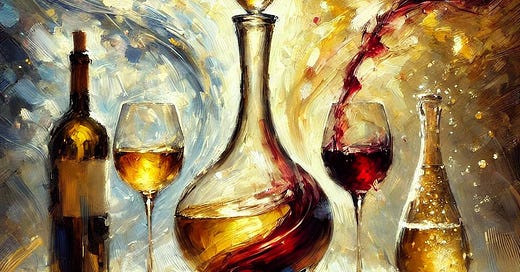




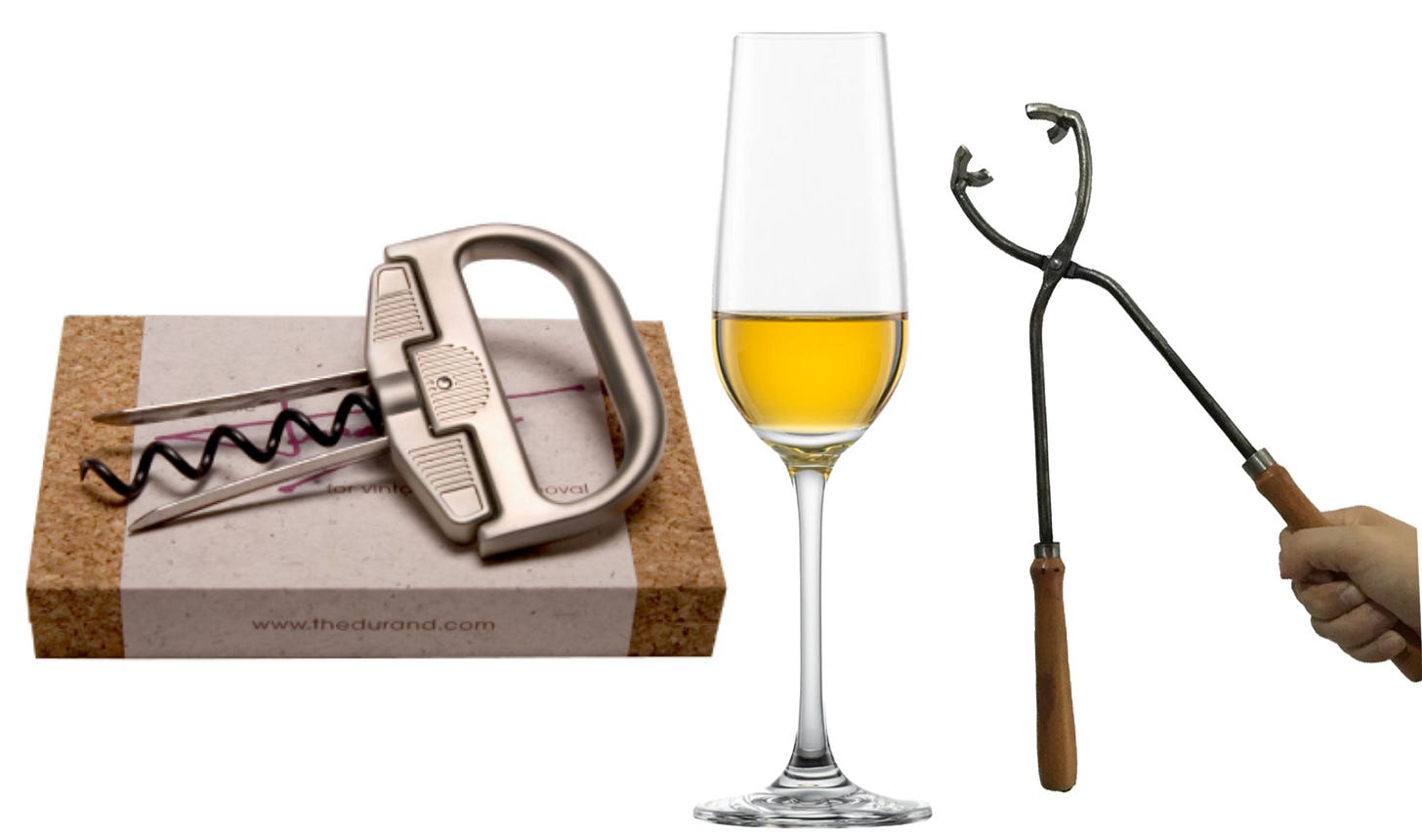
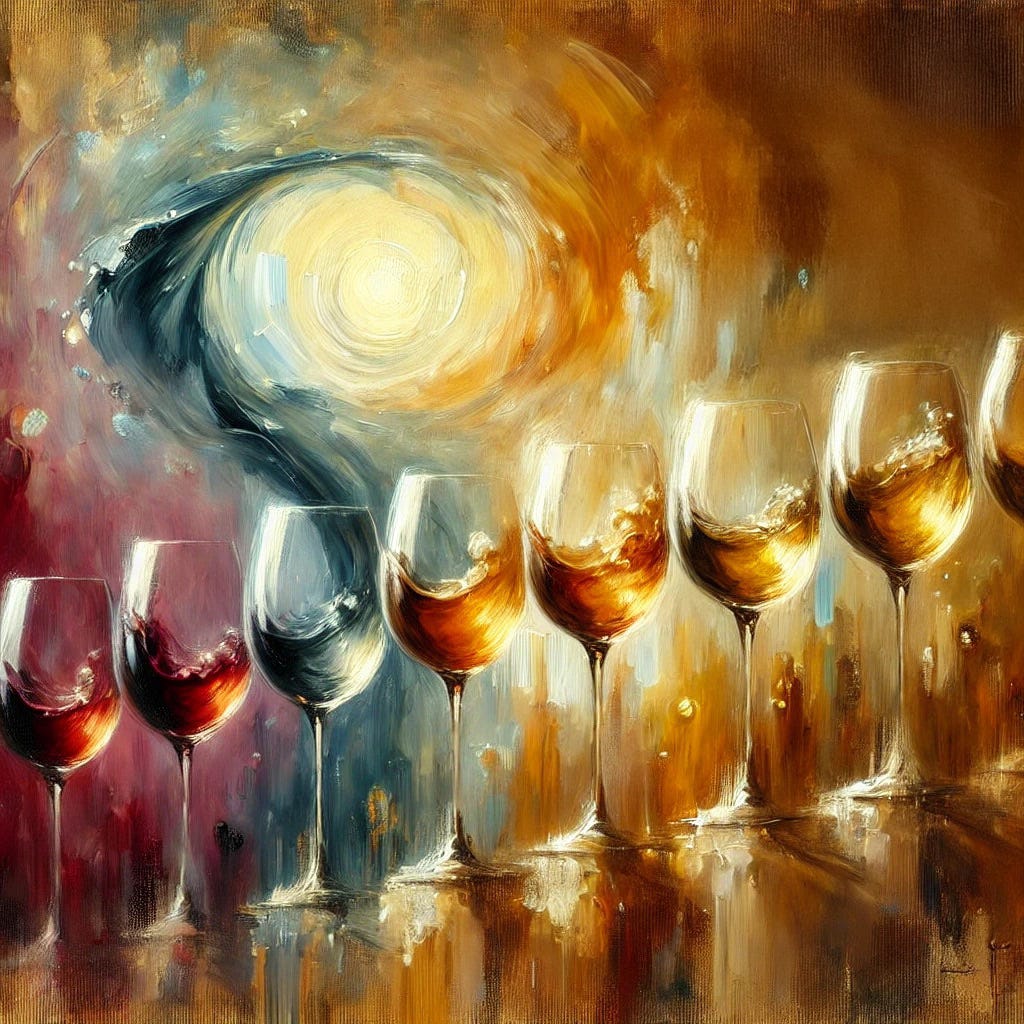
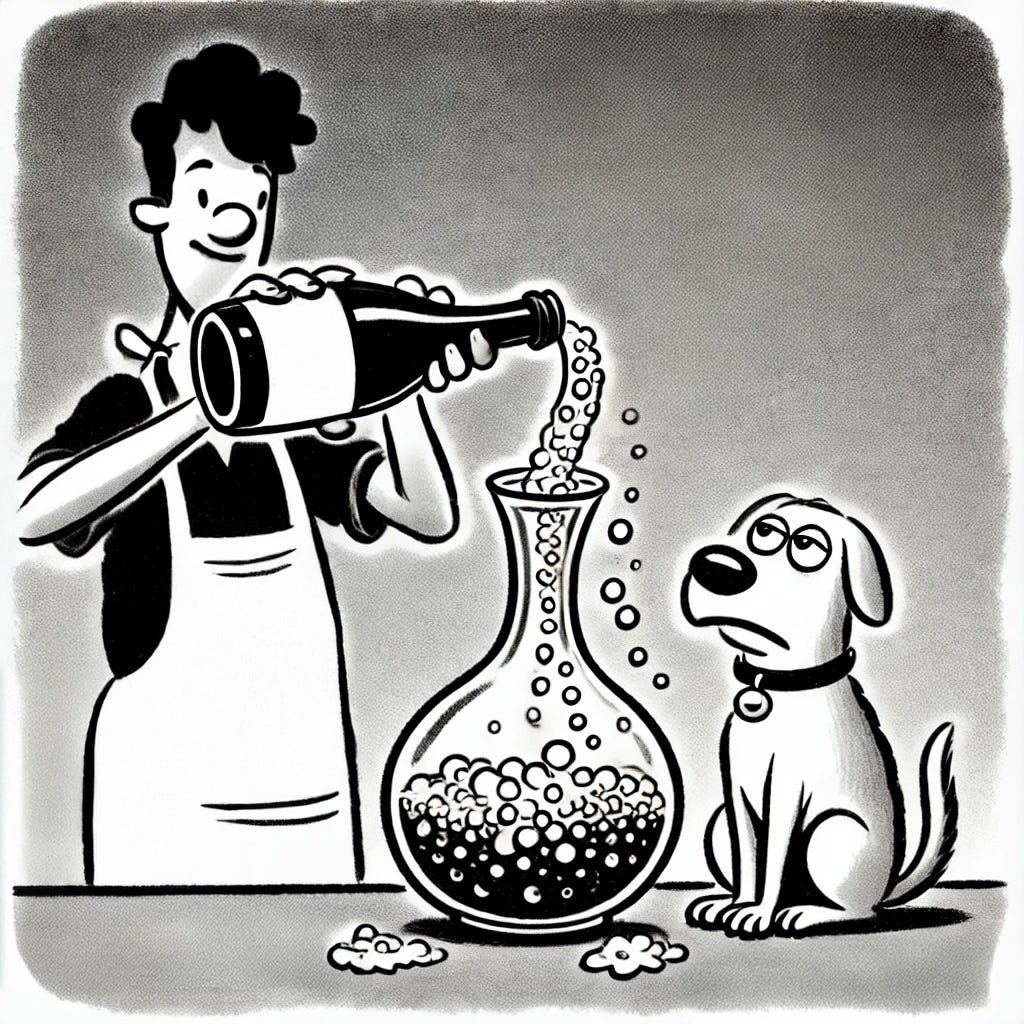
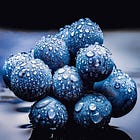




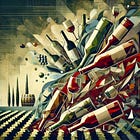
For storage, make sure the bottles are on their sides to keep the cork wet. I store them with the labels up, stand the bottles up for a day or so before decanting, and keep the labels up when pouring into a decanter to better control the sediment.
Great post. Thank you!